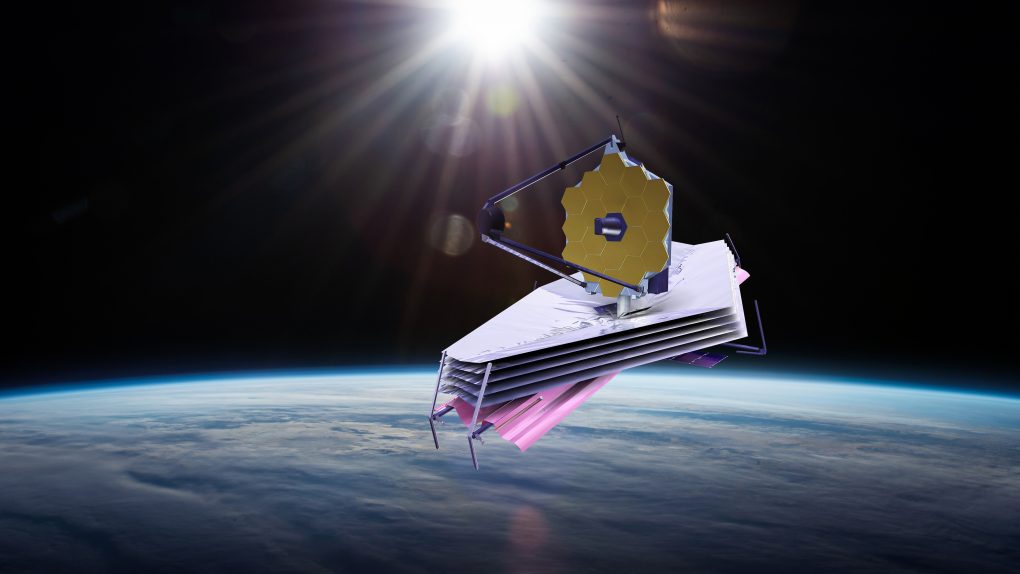NASA’s James Webb Space Telescope has observed a mysterious, ghostly object that we’ve been spotting for years. The object, which is entirely undetectable by the Hubble Space Telescope, has shown up in observations by certain ground-based telescopes in the past. And now, James Webb has detected the ghostly object, too.
The object in question is an extremely distant galaxy known as AzTECC71. It is believed to date back to nearly 1 billion years after the Big Bang, and glimpses of the ghostly galaxy excite astronomers because it gives us a tiny glimpse into the oldest structures of our universe’s evolution.
One particularly interesting thing about James Webb spotting this ghostly object is that it furthers theories that massive stellar nurseries like AzTECC71 could have existed that long ago, and that they may be more common than we previously believed, too. If that is the case, then scientists may need to rethink how we look at the early universe completely.

If the dusty observations of AzTECC71 are any indication, then the early universe could have been far dustier than we believed, allowing for star-forming galaxies to evolve and grow. Despite the size of the little blob in James Webb’s observations, astronomers say that AzTECC71 is actually massive, and can form hundreds of new stars every year.
The fact that this ghostly object is so hard to spot could also be a clue for astronomers that there are hundreds, if not thousands, of other galaxies out there, hiding in plain sight. We just might not have discovered them yet, as they may be too faint to glimpse through the current technological hardware that brings James Webb and modern telescopes to life.
The James Webb has continued to capture marvels within our universe, giving us more depth to the early universe, and helping us better understand the way that stars form and how the universe evolved over the past several billion years. A new paper on the cosmic ghost has been published in The Astrophysical Journal.








